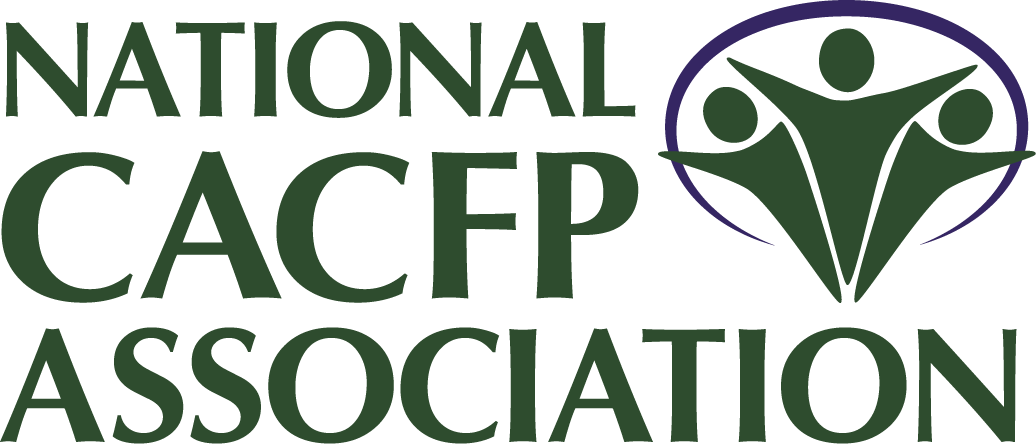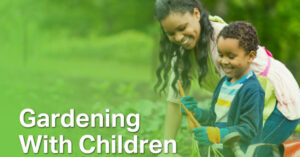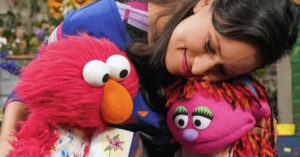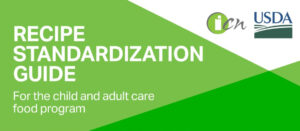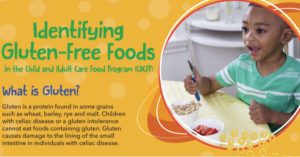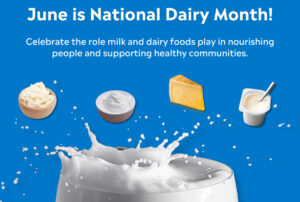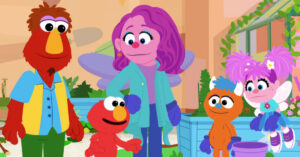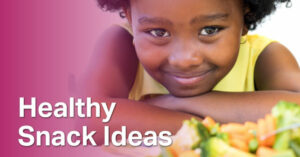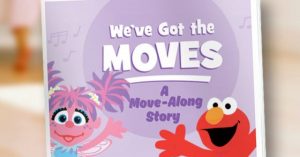Gardening with Children
Introducing children to gardening can be an enriching experience that fosters a love for nature and promotes an acceptance of healthy foods. The Institute of Child Nutrition’s Mealtime Memo discusses how to engage children in gardening activities to increase their knowledge and acceptance of healthy, local foods.
Emergency Response
Our partners at Sesame Street in Communities have developed resources to support community providers and caregivers who serve families and help children face challenges, big and small. When a natural disaster strikes or there is an act of violence in the community, caregivers and providers look for the right thing to say or do.
Better Together Family Cafes
As a child care provider, you are dedicated to the health and well-being of children. While the care that you provide for these children is crucial, their interactions and experiences at home are just as important. Having a strong relationship with families can have a positive impact on the well-being of those in your care. Our partners at Nemours have developed Better Together Family Cafes as an effective family engagement model.
Recipe Standardization Guide
The Institute of Child Nutrition’s Step-by-Step Recipe Standardization Guide for the CACFP is a comprehensive guide designed to facilitate recipe standardization within the CACFP. The “how-to” manual is a complete resource, detailing the initial recipe development stage to the final implementation.
Identifying Gluten-Free Foods
Learn how to identify gluten-free foods and get a yummy gluten-free snack recipe.
Celebrate National Dairy Month
Did you know that June is National Dairy Month? National Dairy Month was established in 1937 as “National Milk Month.” Now we appreciate the wide variety of milk and dairy foods that contribute to healthy, sustainable and delicious eating patterns. Our partners at the Dairy Council of California have some ideas and resources to help you celebrate.
Belonging and Responsibility
With the help of caring adults, little ones can feel empowered and encouraged to find ways to be helpful, kind, and contribute to their communities. Our partners at Sesame Street in Communities have created new bilingual resources to help children instill a sense of belonging and responsibility in the world. New resources include four videos, two articles, six printables, and a volunteer tip sheet.
Healthy Snack Ideas
Healthy snacks taste delicious and fuel children’s growing bodies, laying the foundation for a lifetime of healthy choices. The Institute of Child Nutrition’s Mealtime Memo explores practices to incorporate nutritious, fun, and creative snacks into menus.
Tips on Identity
Identity is a mix of how we see ourselves, our dreams for the future, and the groups we belong to. Young children notice these things and are building a sense of who they are. This new Tip collection from our partners at Vroom explores how kids of all backgrounds can build positive self-awareness.
Get Moving Together
Looking to incorporate more movement in your child care for Physical Fitness Month? You can join in on the fun too! Our partners at Sesame Street in Communities have resources to help get you and the kids moving.
